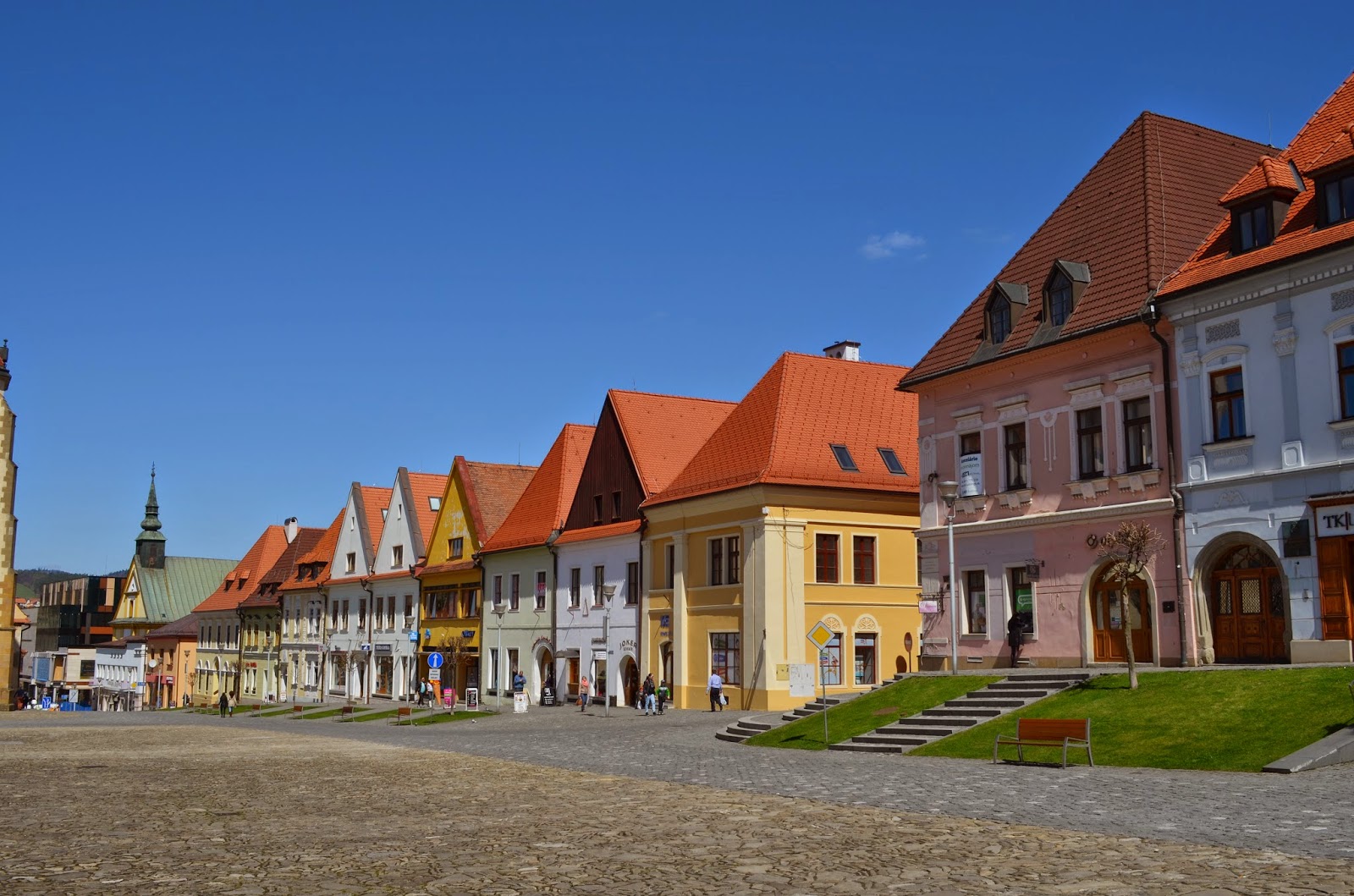Spring journeys are the best: no heat, no high prices, no crowds of ill mannered, loud tourists. Blooming trees and fresh grass make any country look fine. We said we wouldn't stop till we get to Slovakia. And yes, we managed to stop only twice: once in Nagykároly (Carei in Romanian) to visit the castle of the Károlyi family, a beautifully renovated building with a spectacular interior.
We couldn't and didn't even try to resist temptation while passing the Tokaj wine region in Hungary, so we stopped again to buy some wine from a local producer. Our destination was Kosice (Kassa in Hungarian) where we arrived late and took us some time to find a parking place, so we raced to the cathedral to find it open. This beautiful Gothic style construction is interesting for Hungarians not only for its beautiful winged altar and pretty interior but for Francis II Rákóczi's tomb, prince of Transylvania and leader of an uprising against the Habsburg House which ended with his exile in Turkey. He died in Tekirdag (in Hungarian: Rodostó) and was buried in 1735 in Istanbul, in the Saint-Benoit (then Jesuit) French church in Galata, next to his mother, Ilona Zrínyi. In 1906 his remains were moved to the St. Elisabeth Cathedral in Kassa where he rests next to his mother and son. A few years later, at the end of the 1st World War Hungary lost 2/3 of its territories and Kassa became part of Slovakia, so Francis II Rákóczi rests in a foreign country again.
The caretaker of the cathedral spoke Hungarian and recommended us a cheap hostel which proved quite expensive for us. Since they switched their currency to euro their prices went up. We continued our journey to Poland the next morning and stopped in Bártfa (Bardujevo in Slovakian), a surprisingly beautiful and completely untouristic town. The church and town hall are surrounded by neat and pretty "gingerbread" houses. Bártfa is often mentioned in Kálmán Mikszáth's novels and short stories and it reminded me of my beloved childhood readings. I really liked Bártfa and I hope I can return there again.
We continued our journey to Krakow. The landscape was hilly, the peaks were spotted with picturesque fortresses.
We crossed the border soon after leaving Bártfa (Bardujevo) and arrived in Poland. The road ran through beautiful, dense pine forests with very little traffic. When we saw the first village we realised that the area was inhabited by a minority (Ukrainians perhaps?) because the churches we passed were Orthodox, not Catholic. Like this one:
In the First World War the eastern front, where Austrian-Hungarian troops were fighting Russian forces was stretching through Galicia, an area covering the southeast of Poland and the upper western part of Ukraine. My great grandfather's brother died in 1916 in Galicia, around a town situated now in Ukraine, at the age of 21, due to an abdominal shot. On her deathbed his sister (my aunt) asked us to find his grave when we would have the chance to. At that time the area was part of the USSR and such a visit was out of question. But now Ukraine is a separate state, we don't need a visa any more, so I am planning to start a search soon. I have already sent several letters to different organisations dealing with this issue and I hope that I'll be able to track the exact place.
War cemeteries are frequent in the eastern parts of Poland. Some have names, others only bear numbers (up to 134). All of them are clean, well maintained and it is easy to find them. We visited one around Gorlice. It was a silent place in the forest, the air was fresh and birds were singing. Those buried here were mostly Ukrainian and Polish but we found a few Hungarian names too.
We stopped for a quick lunch in Gorlice and continued our journey to Krakow.
We stopped for a quick lunch in Gorlice and continued our journey to Krakow.




























No comments:
Post a Comment